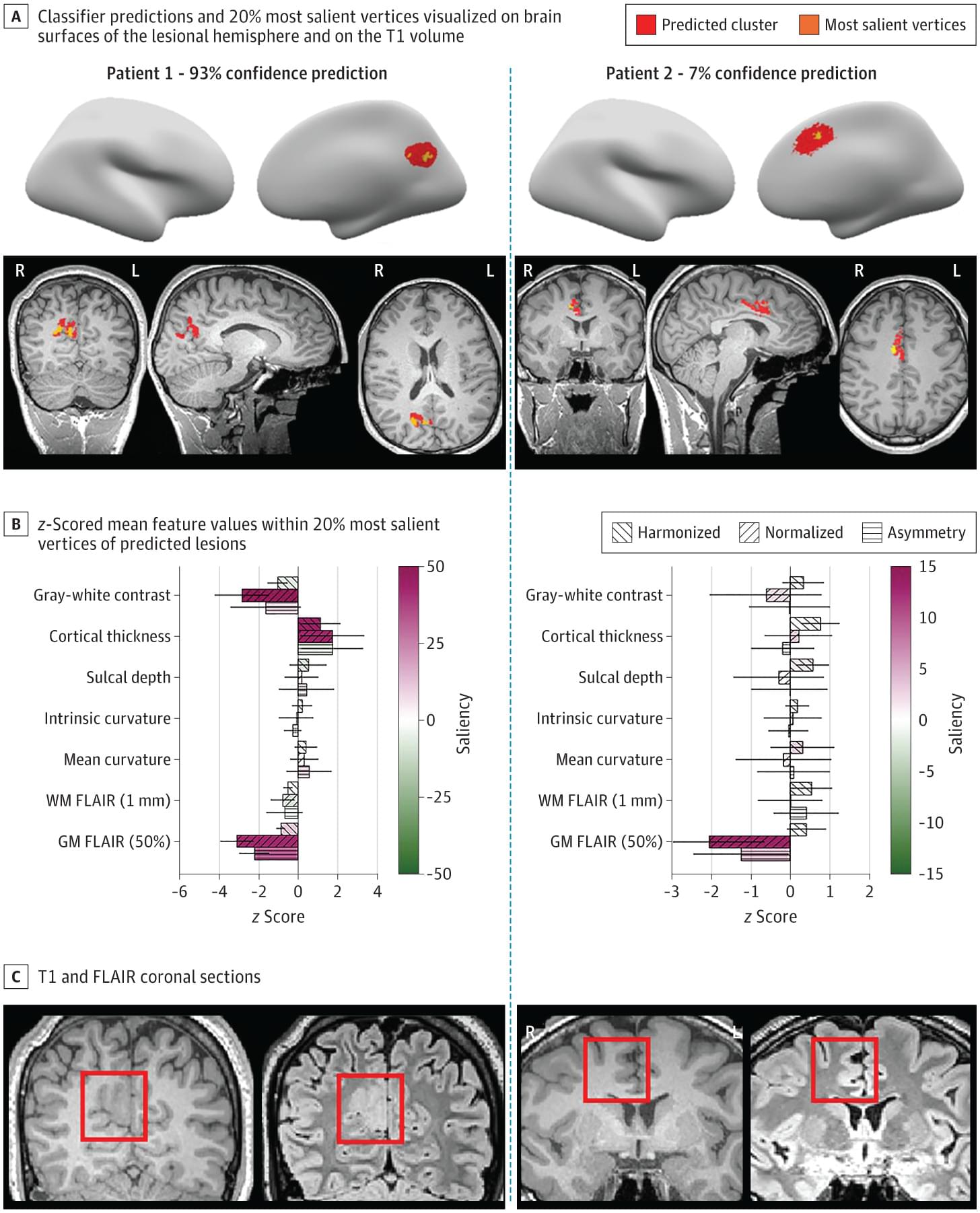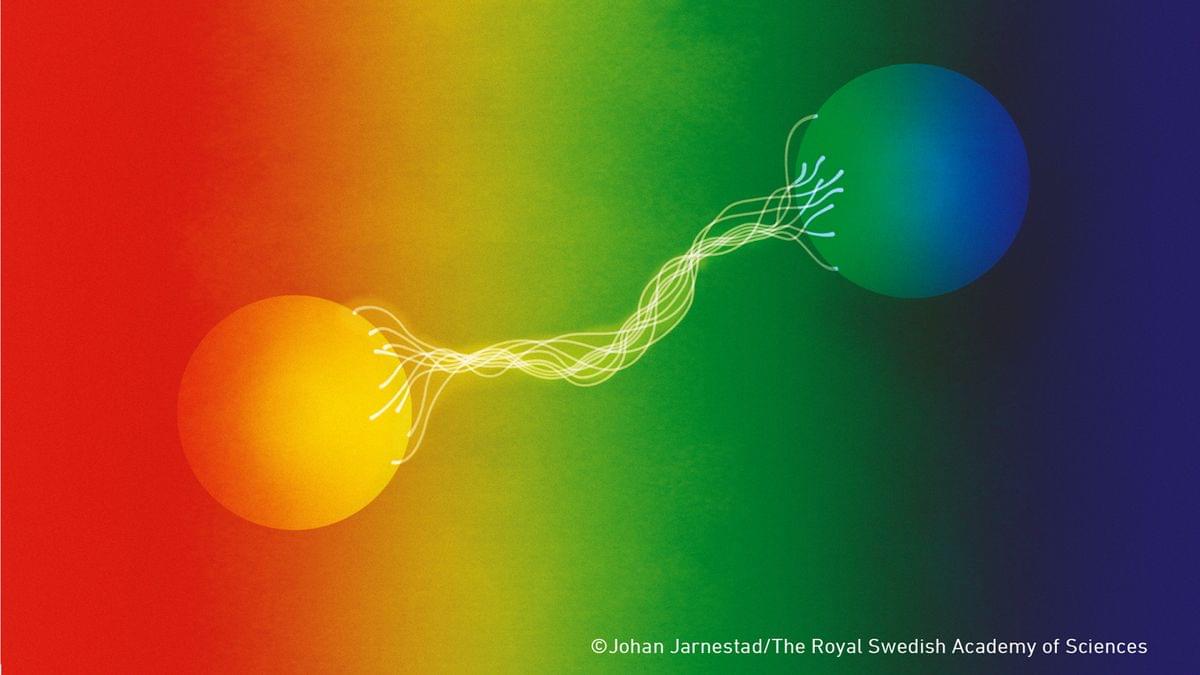Berzerkers.
An exploration of what an alien robot might look like.
My Patreon Page:
https://www.patreon.com/johnmichaelgodier.
My Event Horizon Channel:
Berzerkers.
An exploration of what an alien robot might look like.
My Patreon Page:
https://www.patreon.com/johnmichaelgodier.
My Event Horizon Channel:

Can the diagnosis of epilepsy-causing focal cortical dysplasias (FCD) be improved using state-of-the-art artificial intelligence?
This study evaluates the efficacy and interpretability of graph neural networks in automatically detecting focal cortical dysplasia lesions on magnetic resonance imaging scans.

You may have noted that AI companions are an intriguing yet complex phenomenon in this modern age. This event has caused various psychological effects on the human mind, both beneficial and detrimental. With the rapid advancement of AI systems, including conversational interfaces, virtual personal assistants, and robotic companions, interactions with these technologies are increasingly influencing emotional well-being and social behavior. You must have watched the film “Her,” which highlights similar themes of companionship with an operating system.
Her follows Theodore, a lonely writer who develops a deep emotional connection with an AI assistant named Samantha. Unlike traditional AI, Samantha isn’t just a programmed voice—she learns, evolves, and expresses emotions, making Theodore feel truly seen and understood. Their relationship blurs the line between human and machine companionship, raising questions about whether AI can meet emotional needs the way real human relationships do. As Samantha grows beyond Theodore, the film explores what it means to love something that isn’t physically present and whether AI relationships can ever replace real human connection.
This article will explore the psychological effects of AI companions, their potential benefits, and the limitations of this technology.
I like 🇨🇳 Engine AI 🤖
Two weeks ago, the robot from EngineAI wowed the crowd with an incredible front flip. Now, it’s evolved once more! The PM01 dashes forward with a superfluid gait, looking every bit as imposing as the Terminator from sci — fi flicks. Its stride, movement pattern, leaps, and raw power are all straight out of a high — tech fantasy. This is the true face of technology! Mechanical aesthetics reach their peak in the PM01. Future — tech isn’t just a dream anymore; it’s unfolding right here, in the real world.@HumanoidRobot @ArtificialIntelligence @AI @EmbodiedIntelligence @EngineAI



Discover Manus, the world’s first fully autonomous AI agent that can perform complex tasks independently without human guidance.
New dynamic robots now spin instant bridges and delicate grippers from polymer fibers.
This new spider-inspired robot can spin its own components and tools on demand using heated polymer technology.
